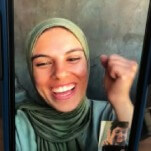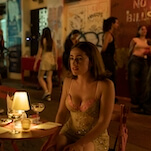The Sacrifice

The great Russian director Andrei Tarkovsky (Andrei Rublev, Solaris) died of cancer shortly after finishing 1986’s The Sacrifice, and like Robert Altman’s Prairie Home Companion or Warren Zevon’s album The Wind, it’s fully animated by the knowledge that death is just around the corner. Though the coda adopts a tone of gentle resignation, Tarkovsky isn’t going quietly into that good night: Following a half-mad philosopher on the precipice of nuclear oblivion, he sounds off about humanity’s moral and spiritual failures in an age where science provides either numbing comfort or mass destruction. For the director, the film acts as a vast repository for long-running themes and ideas, made possible by a premise that strands an isolated few on a remote island, while World War III—and the likely annihilation of the planet—slowly encroaches on them. It’s a difficult film, even by Tarkovsky’s standards, because some of those ideas lack clarity, and the distracting hysterics in key moments fail to bring them across.








































